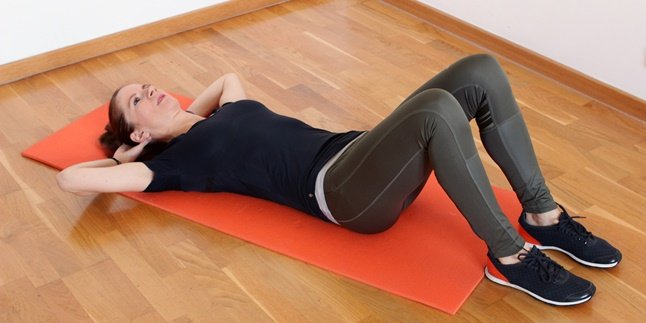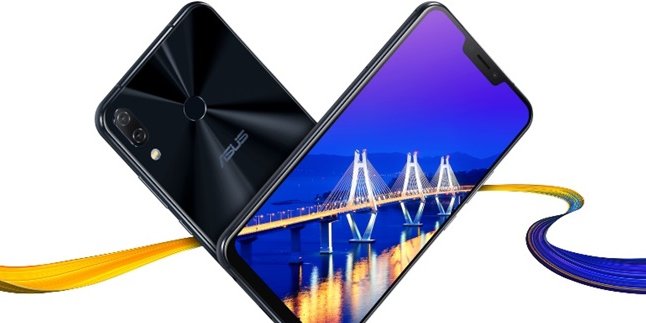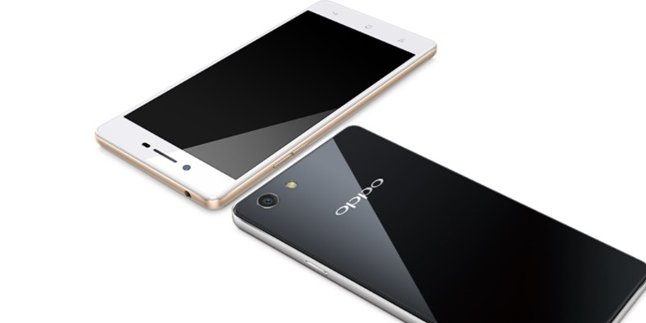Kapanlagi.com - When you are about to travel or go on vacation to the beach, glasses become an important item that cannot be missed besides wallet and cellphone. Whereas in the past, someone who wore glasses seemed like a nerd, bookworm, or four-eyed person. Glasses themselves are one of the vital aids in vision. Especially for those who experience blurriness in vision, such as nearsightedness, unclear vision, or farsightedness, both among the elderly and the young.
With that, glasses become a tool that can help to see and reduce existing blurriness. Along with the development of time and technology, glasses are not only used by people who have limitations, but also for those with normal vision. If in the past glasses were used as a means to fulfill needs, now it is more about desires. So currently glasses have a role not only as an aid for those with limitations, but also as a lifestyle item for those with normal vision.
Glasses consist of 2 components, namely the frame and the lens. Eyeglass frames currently have many styles and types that can be chosen according to the preferences of each individual. But for those who have nearsighted, farsighted, or astigmatism, which make glasses a necessity, they must carefully choose the type of lens. For example, for those who have nearsightedness, it is recommended to have their eyes checked at the hospital before making glasses to determine the correct prescription. There are various types of lenses that can be adjusted to our needs. So, it is important for you to choose the right type of lens so that it will feel comfortable to use. Let's just take a look at the following review.
1. Single Vision Lens

(credit: pixabay)
This lens is called a single vision lens because there is only one focal point that functions to correct vision disorders for one size only. This lens is commonly used for minus, plus, and cylindrical glasses.
2. Bifocal Lens
Unlike single vision lenses, bifocal lenses have two focal points that can help with distance vision at the top and near vision at the bottom. This lens is commonly used for people aged 40 and above with poor lens focus (presbyopia)
3. Mirror Lens
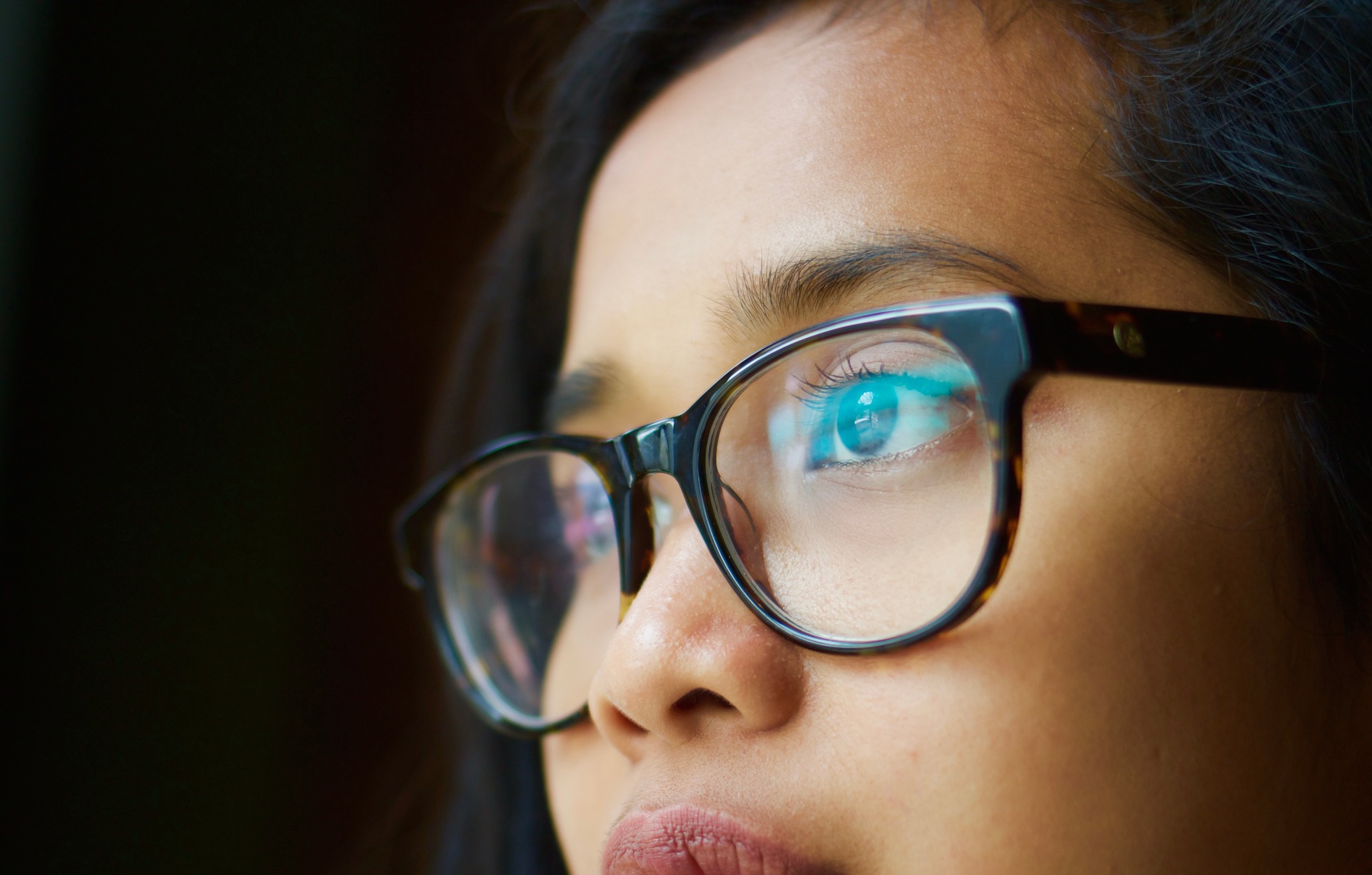
(credit: pixabay)
Mirror lenses are lenses used for sunglasses. This lens has become a trend because it brings a classic nuance compared to regular sunglasses.
4. Minus Lens
This concave lens is used to assist vision for users who experience nearsightedness or myopia. Minus glasses lenses are more commonly used when engaging in outdoor activities such as driving or going to the office and school.
5. Plus Lens
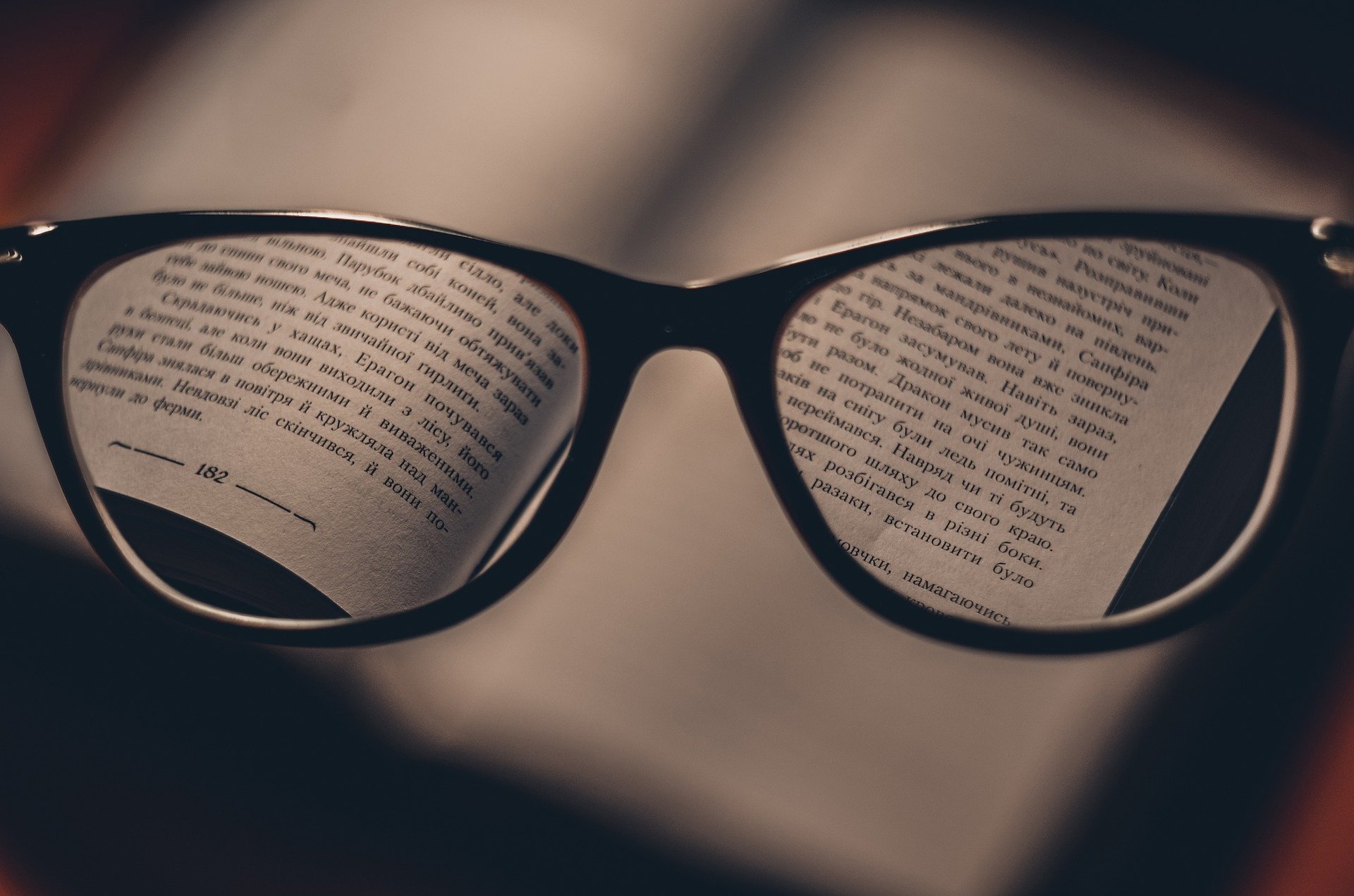
(credit: pixabay)
If minus lenses are used to assist distance vision, then these plus lenses are convex in shape and used to assist near vision or called hypermetropia. Plus glasses lenses are useful for accommodating the user's eyes by collecting light and improving the point of focus of the image so that it falls directly on the retina.
6. Cylinder Lens
For those who experience astigmatism, this type of lens will be very useful. This lens will help to refract light properly both horizontally and vertically so that vision is not blurry.
7. Photochromic Lens
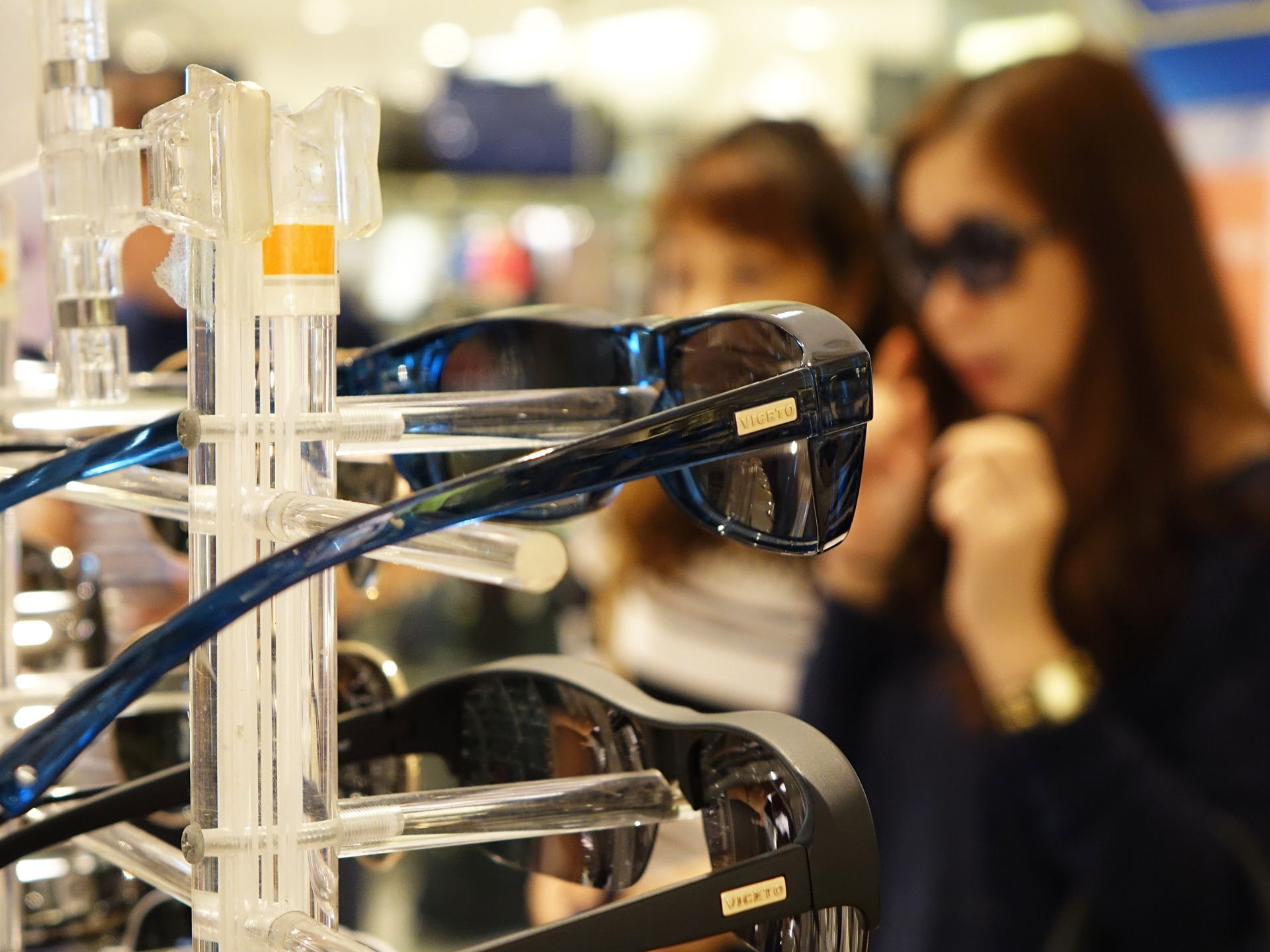
(credit: pixabay)
This type of lens has uniqueness compared to the previous type. This lens can change color due to the polarized light properties and patented photochromic content. When used outdoors, the lens will darken, while when used indoors, the lens will become clear.
8. Lens Based on Its Material
After knowing various types of lenses based on their needs, now it's time for us to get to know the types of lenses according to their materials. Some types of lenses based on their materials are important to know when we are going to choose glasses.
-Glass lenses
Glass lenses are the most commonly used material. These lenses are slightly heavier than other types of materials and can only be used for certain types of frames. In addition, these lenses require special care as they are prone to impact, but the advantage of these lenses is that they are not easily scratched.
-Plastic lenses
Although plastic lenses, these lenses can still protect the eyes from ultraviolet rays. In addition, these lenses are more flexible and safe as they are not easily impacted.
-Polycarbonate lenses
Polycarbonate lenses are not yet widely known and not widely used. But these thin and lightweight lenses have advantages that are not inferior to the previous types of lens materials. These lenses are impact-resistant and can protect the eyes from ultraviolet rays.
-Trivex lenses
Trivex lenses are almost similar to polycarbonate lenses. This lens is widely used for safety glasses.
-High index lens
The high index lens is a type of eyeglass lens that is thinner and lighter than polycarbonate and trivex lenses. The high index lens also has a material that can provide protection against UV rays.
Those are some types of glasses according to their needs and materials. Hope it is useful.
(kpl/dtm)
Disclaimer: This translation from Bahasa Indonesia to English has been generated by Artificial Intelligence.








